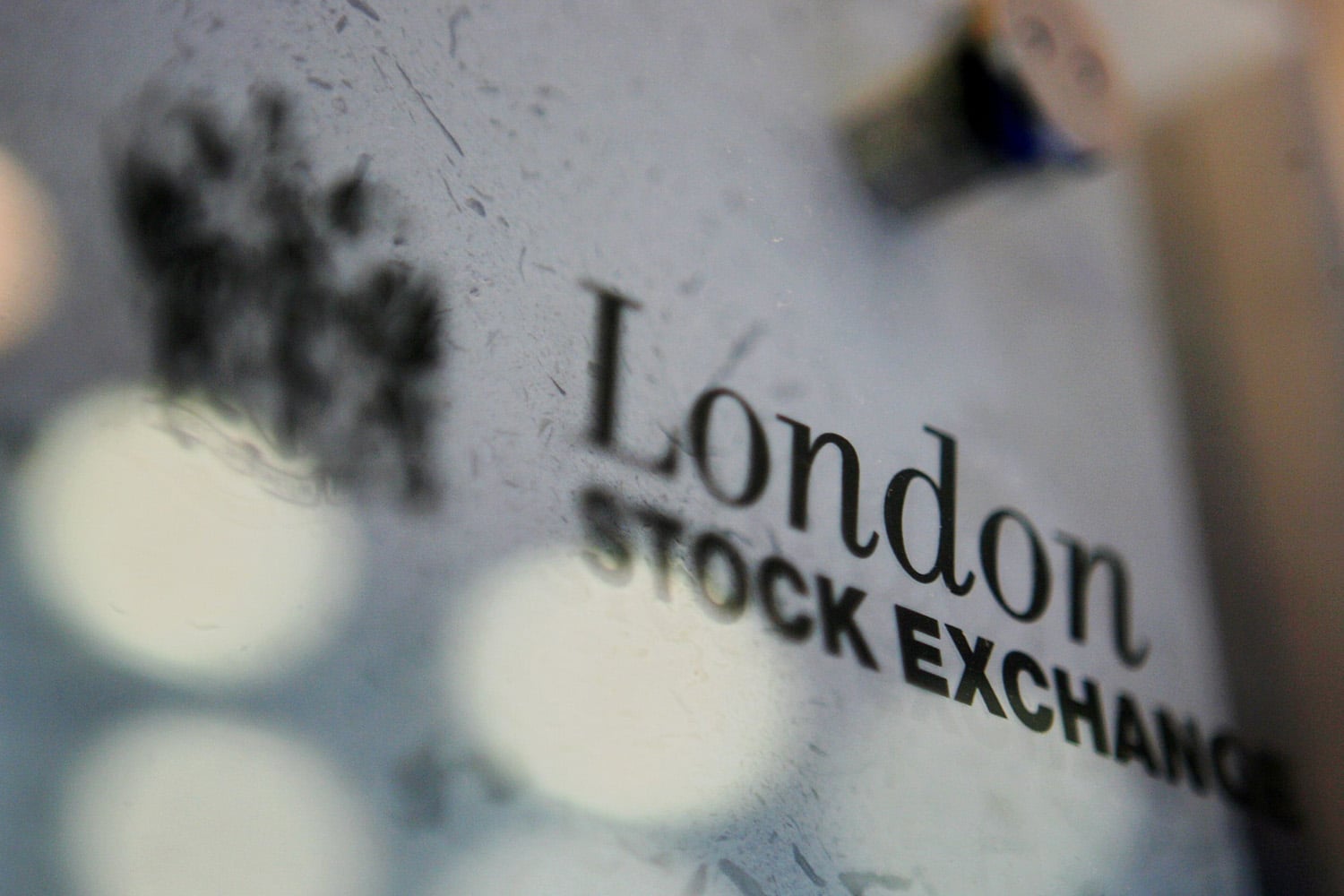By developing several green initiatives and international partnerships, BNP Paribas has become a major player in sustainable finance. As underlined by Jean-Laurent Bonnafé, “we are fully conscious of the fact that, in this race against the clock, banking and finance need to join the frontline in building a low-carbon economy”.
The Group pursues its commitment to sustainable finance in several ways.
- SRI portfolios offered by BNP Paribas—such as the Parvest Green Bond launched in late 2017 and composed of at least 83.5% green bonds—enable customers to invest in companies active in specific social and environmental domains while also showing promising financial potential.
- In 2016, BNP Paribas funded some 30 institutions via microfinance, totaling 250 million euros in loans, which indirectly benefitted more than 300,000 people.
- BNP Paribas upped its support for social businesses by 38% from 2015 to 2016 (within the same perimeter), reaching 641 million euros (including 560 million in loan transactions). Overall in 2016, the Group’s support for social entrepreneurship (including microfinance) totaled over 890 million euros.
- In 2016, total funding devoted to renewable energies climbed to 9.3 billion euros, rising over two billion euros in one year. Our target for 2020: to exceed 15 billion euros.
- In 2016, the Group figured among the top three global players in green bonds issued in euros. BNP Paribas served as the joint leader on operations for a total of 2.4 billion euros, among which: two of three green bonds from Iberdrola (1.75 billion euros) designed to refinance onshore wind farms in Spain, the Forest Bond from IFC or Turkey’s first green bond.
- In late 2017, BNP Paribas partnered with three major international events on climate change and the energy transition: Climate Finance Day, Tech for Planet and One Planet Summit.
Businesses and governments: multiple sources of support for green finance
Major corporations also have a key role to play in sustainable finance. Recently, ADIF (the operator of Spain’s rail network) raised 600 million euros in green bonds, in part among green investors. In addition, Apple has already issued two green bonds (the company issued a one billion dollar green bond in June 2017) dedicated to financing energy efficiency projects, while Starbucks just raised a sustainable bond of 500 million dollars to fund ethical coffee production.
Green or sustainable bonds enjoy robust political support in some countries, such as China, which now relies on environmental projects to stimulate growth. Its government has planned a new round of financial regulatory easing so that the country can authorize more green bonds. In fact, China’s green bond total grew from zero to 36 billion dollars between 2015 and 2016.
-
Everyone has a role to play in Sustainable Finance
Encompassing individual investors, investment funds, institutions and companies of all sizes, sustainable finance applies to capital from a wide range of origins.
Who invests in Sustainable Finance?
- Investors who want to take part in financing companies and organizations involved in projects with a high social or environmental value, whose impact they may experience directly.
- Investment funds. Institutional and private investors can enrich their asset portfolios substantially with SRI funds. In France in 2016, the 122 SRI conviction funds listed by Novethic posted a growth in total investments of 20%.
- Pension funds. Despite a long period of reticence, pension funds from many countries (United States, Japan, etc.) have begun to integrate sustainable finance criteria into the way they manage capital.
- Private banking and wealth management. Over the next 30 years, more than 30 trillion dollars in capital will be transferred from Baby Boomers and Generation X to Millennials, who have shown a firm commitment to effecting positive social change through their investments. According to EY, 17% of Millennials prefer to invest in companies that meet the highest ESG standards, compared with just 9% among older generations. That means demand for green financial products has only one direction to go: up!






















